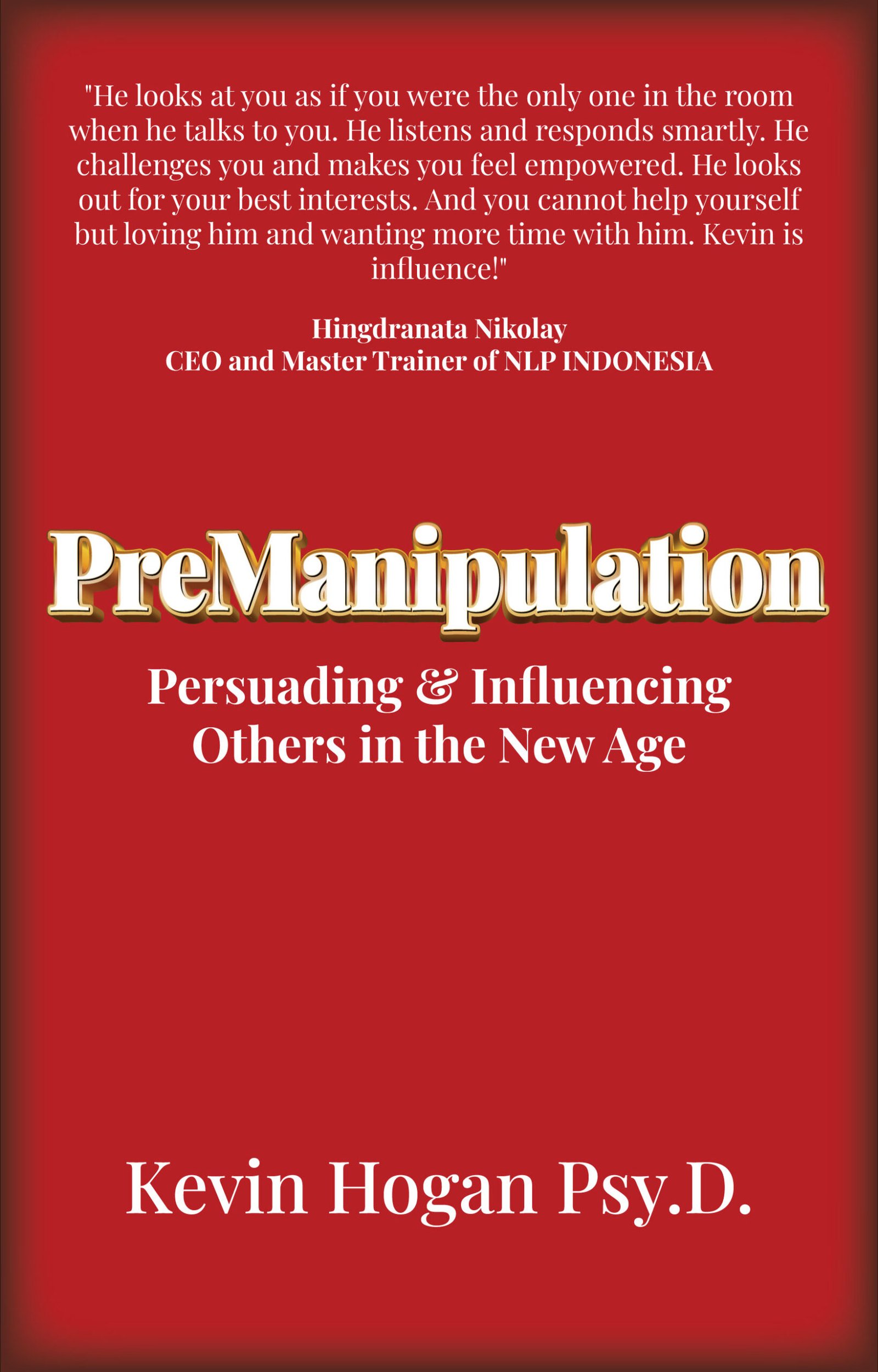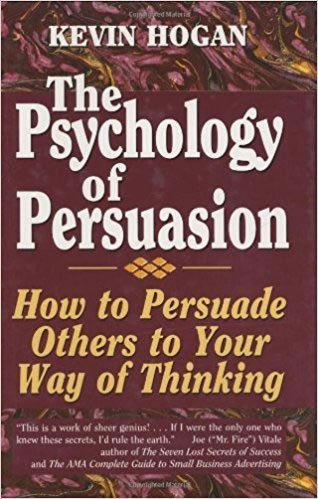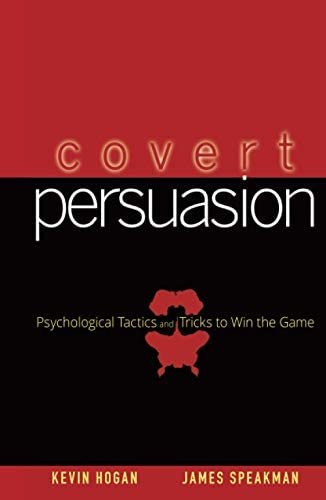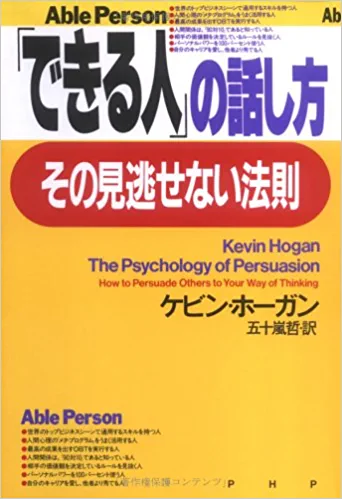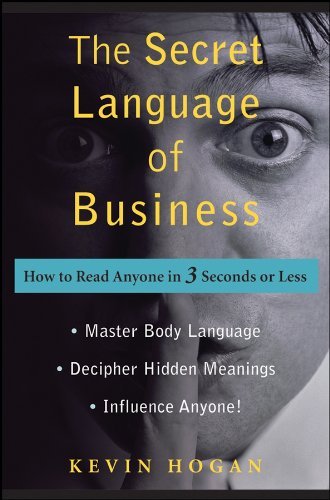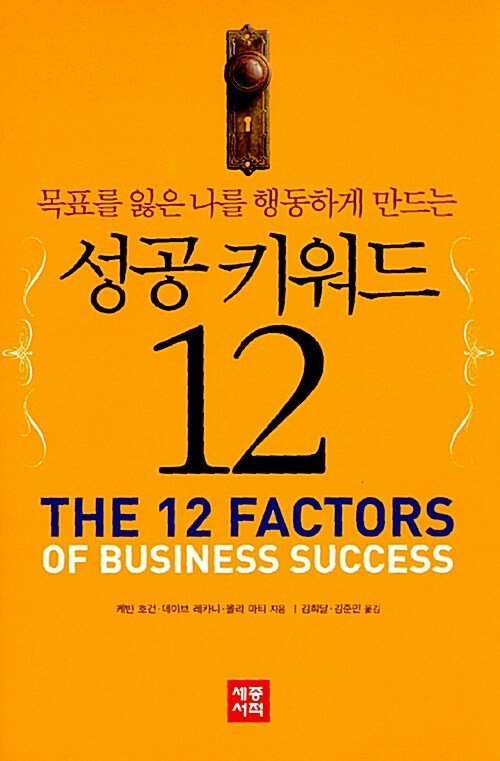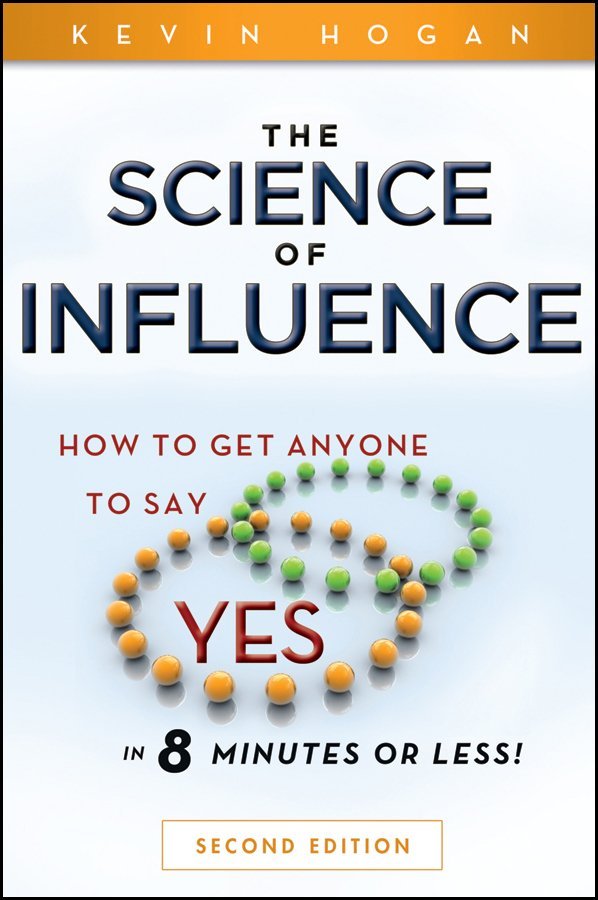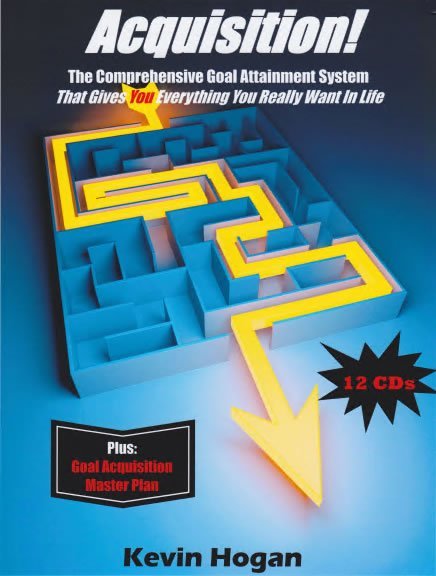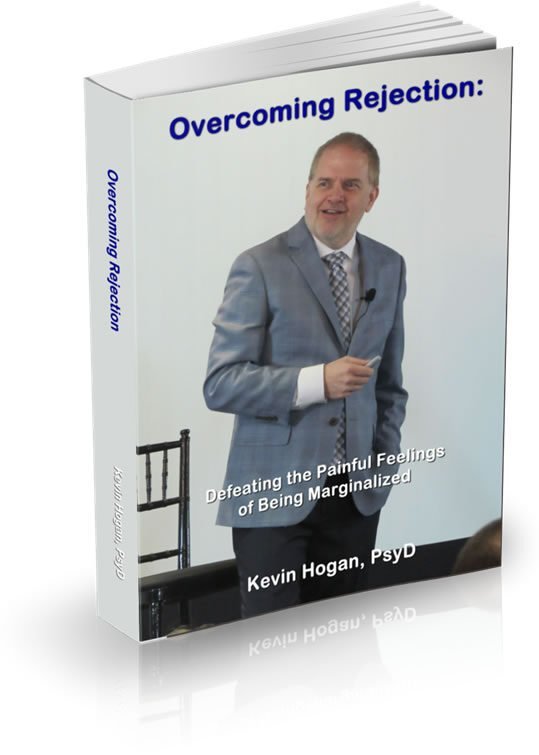A million years ago…I had a roommate who would drive for miles to find the cheapest gasoline. Gas was about 80 cents per gallon in those days… (Remember those days?!?!) It cost him about a dollar to save 20 cents because he drove for miles hunting for pennies…. You probably know someone a lot like this….
Understanding which choices people are going to make is pretty important when you are in the business of influencing people.
Legend Point: My former roommate represents the majority of the population – people will choose price over convenience when others aren’t around.
People are also more likely to buy pragmatic vs. fun when others aren’t around too…but we’ll get there…
If they get to thinking about it, most people will indeed go clear across town to find the cheapest price vs. their second favorite option, which is going next door and getting the most convenient product.
Fun vs. Functional
Question: What happens when people are faced between buying a “fun” product or buying a “functional” product?
Part of the answer depends on what person or group of people you are shopping with! The question is, who is with you that you will feel responsible to?
And, in a study that sheds new light on how consumers choose between pleasurable vs. practical products, a University of Washington researcher has found that people are more likely to buy funproducts, but only if the situation allows them the flexibility to rationalize their purchases.
According to Erica Okada, an Assistant Professor of Marketing at the UW Business School, goods can be broadly categorized into “hedonic” goods that offer enjoyment and “utilitarian” goods that offer practical functionality. For example, she said, in the wide product category of automobiles, sports cars are more hedonic and sport utility vehicles are generally more utilitarian. Between a sports car and an SUV, consumers may find the prospect of buying a sports car more appealing, but in a side by side comparison, consumers are much more likely to buy the SUV to avoid feeling guilty for buying something that is perceived more as a want than a need.
Legendary Point: People don’t want to experience the feeling of guilt and will override their desire for pleasure to avoid feeling guilt. It’s that powerful.
Okada found that when a hedonic product and a utilitarian one of comparable value are each presented singly for evaluation, the hedonic alternative tends to elicit a higher rating. However, when the two are presented side by side, the utilitarian alternative is more likely to be chosen.
The Need for Justification
Legend Point: Even though people SAY they like the fun and pleasure item more, they are far more likely to “choose” the functional choice. It’s not what people say, but what they do that matters in influence and selling.
As part of her research, Okada tracked consumers’ consumption and preference patterns for desserts at a restaurant. When given the choice between Bailey’s Irish Cream Cheesecake, described as a “rich treat with Bailey’s Irish Cream, Oreo cookies and chocolate chips all blended in,” and the Cheesecake deLite, described as a “savory healthy alternative to cheesecake, made of low fat cream cheese and egg whites,” diners chose the second option because, said Okada, they viewed it as more utilitarian and thus less likely to cause guilty feelings.
When each dessert was presented as the only option on successive nights, the two were equally preferred, but when presented jointly on the same menu, the utilitarian dessert was consistently preferred over the hedonic.
“People by nature are motivated to have fun,” said Okada. “However, having fun also raises such issues as guilt and the need for justification. A sense of guilt may arise in anticipation, or as a result, of making an unjustifiable choice. An alternative may seem unjustifiable if there is a sense of guilt associated with it. It’s easier for people to justify consumption that is fairly necessary, and more difficult to justify consumption that is relatively discretionary.”
If given a choice between purchasing a new DVD player with a built in MP3 player or buying a new food processor seen elsewhere in a store, consumers will more likely buy the DVD player because of its more hedonistic appeal. But if a consumer visits an electronic appliance store with $100 to spend and can buy either the DVD player or the food processor, the food processor is the more likely choice. Okada speculates that people are more reflective and thoughtful about choice when multiple options are present, which tends to favor the “should” option over the “want.”
In addition, Okada found that the difference in the need for justification also affects the combination of time, or effort, and money that people choose to expend in order to acquire hedonic versus utilitarian items.
Legend Point: People have a relative preference to pay in time for hedonic goods, and in money for utilitarian goods.
“Consumers are generally willing to pay a premium for convenience, and go the distance for a bargain,” she said. “Given a choice between paying in time versus money, individuals are more likely to go the extra mile and find a good deal on the DVD player – that is, pay in time – and more likely to pay a higher price monetarily at a convenient location for the food processor.”
Okada’s paper appears in the February issue of Journal of Marketing Research.
Take this information and apply it to you, your business, people’s perception of you, your service and how you can optimize your offers. Powerful information like this is rare and makes all the difference in the world to your income!
Where can you find more information like this? The only place we know that consolidates the newest influence research studies:
Science of Influence: The Master’s Home Study Course
by Kevin Hogan
Here are just some of the incredible things you will learn when you receive the first 12 cds in the series:
- The newest research studies on what affects the persuasion process
- The One Question that someone MUST say “Yes” to every time!
- Learn what may be the single most important element of influence you have ever been introduced to. I have NEVER released this information on audio, video or in manual form
- Discover how skeptical and non-skeptical people perceive and respond to persuasive messages in a VERY different fashion. (Hint: If you don’t know this information you will automatically lose almost 1/4 of all of your encounters.)
- Ethical techniques to hypnotically enter another person’s mind and reshuffle their deck!
- Discover which of the desire to gain or the fear of loss is TRULY the far greater motivator and how to harness that power in your persuasive messages.
- The one way that reciprocity can blow up and completely backfire.
- How to prepare your unconscious mind to always present the right body language at the right time.
- There is one KEY factor in making your clients’ decisions permanent: Here it is!
- How to specifically use Hypnotic Confusion in influential messages.
- The most effective non-coercive way to gain compliance on record.
- How do you create metaphors…based upon the person/audience you are speaking to?
- So much more!

